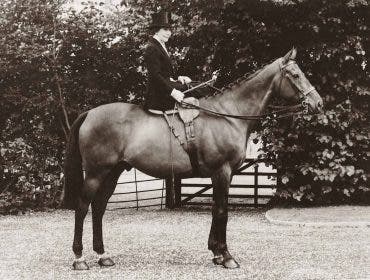We photographers love our equipment. We love the tripods and the flashes, the filters and the lenses, the triggers and the modifiers. We buy equipment even when we have equipment. We even have a term for it – GAS, or Gear Acquisition Syndrome. Why? Because as we continue to take photos we keep on encountering situations where we feel that the only thing that kept us from getting that shot was some limitation of our equipment. So we get more and better equipment, in the everlasting quest to be able to get the shot, no matter what.
And it’s not really a problem that the gear becomes a crutch, because that’s how we use our tools. But what happens when our tools are not available? It’s ok to enjoy all the gear you covet, as long as you know how to get by if it’s not available. So this is me giving you permission to buy that lens, get that gadget, and upgrade your camera bag, as long as can do the following:
- Camera basics: Know your camera and know every camera. Know your camera by reading your manual, practicing with all the buttons, knobs, joysticks and dials, and memorizing where all the menu options are. That will give you the ability to use the camera to its fullest even when you don’t have other equipment with you. (I’m still embarrassed at how long it took me to learn how to do bracketed shooting in my camera!) Know every camera by understanding the basics of photography’s mechanics. Understand shutter speed, understand ISO, understand focus, understand depth of field, understand focal length, understand aperture. These are the principles of photography – if you really understand them well, then you can apply them in all situations and settings. If you are stuck using someone else’s camera equipment or a different camera system, because you understand the principles you’ll be able to get up and running really quickly. And when you are limited by a particular challenge – say too much or too little light – you can compensate by applying the other principles to solve your problem.
- Composition: Some beginning photographers think that photography is all about exposure. More experienced ones know that photography is all about composition. ‘Nuff said. Don’t assume that you’ll learn composition by osmosis. Think about composition as a subject you have to study, a skill you have to put effort into to learn, and learn it really well. Using good composition, you can make a great photo with no frills in your equipment.
- Light: Get in tune with the light. Light has a quality photographers appreciate more than anyone else. You can learn fairly quickly to be sensitive to the relative warmth or coolness of the light, the amount of it there is in a given scene, and the interplay between light and shadow. “Bad” light is often the reason we want all that extra gear, to help us compensate for the suboptimal conditions. But if you understand light than there isn’t such a thing as bad light. You can shoot in all situations by adjusting to the conditions on the ground.
- Flexibility: The shot you wanted isn’t necessarily the shot you’ll get when you’re shooting lean. But the shot you get might be much better. Keep an open eye and open mind – be willing to learn and work the scene for all you can get from it.
- Understand your lens: Every lens has different capabilities and a different personality. Some things work better with one lens than another, and some shots are not possible without a particular lens. But that’s not the point here – know the lens you’re using right now! You have it here, you’re shooting lean and mean, do you know everything you can and can’t do with it? There are some photographers who do all their shooting with one or two lenses. You can be sure that they are very good friends with those lenses.
Now that these five things are all in your mind – learn, learn, learn. Notice that I didn’t say that you should practice, practice, practice, because practice of the same things you’ve done in the past won’t make you better at new things. First, learn more, then practice, and then you’ll get better.
And when you are up to practicing, a great way to do that is to put some artificial limitations on yourself. (I hope to write more about this in another article here.) So go out, for example, and shoot with only one lens for a week. That will teach you the skills to shoot lean with only that lens.
Happy learning!






